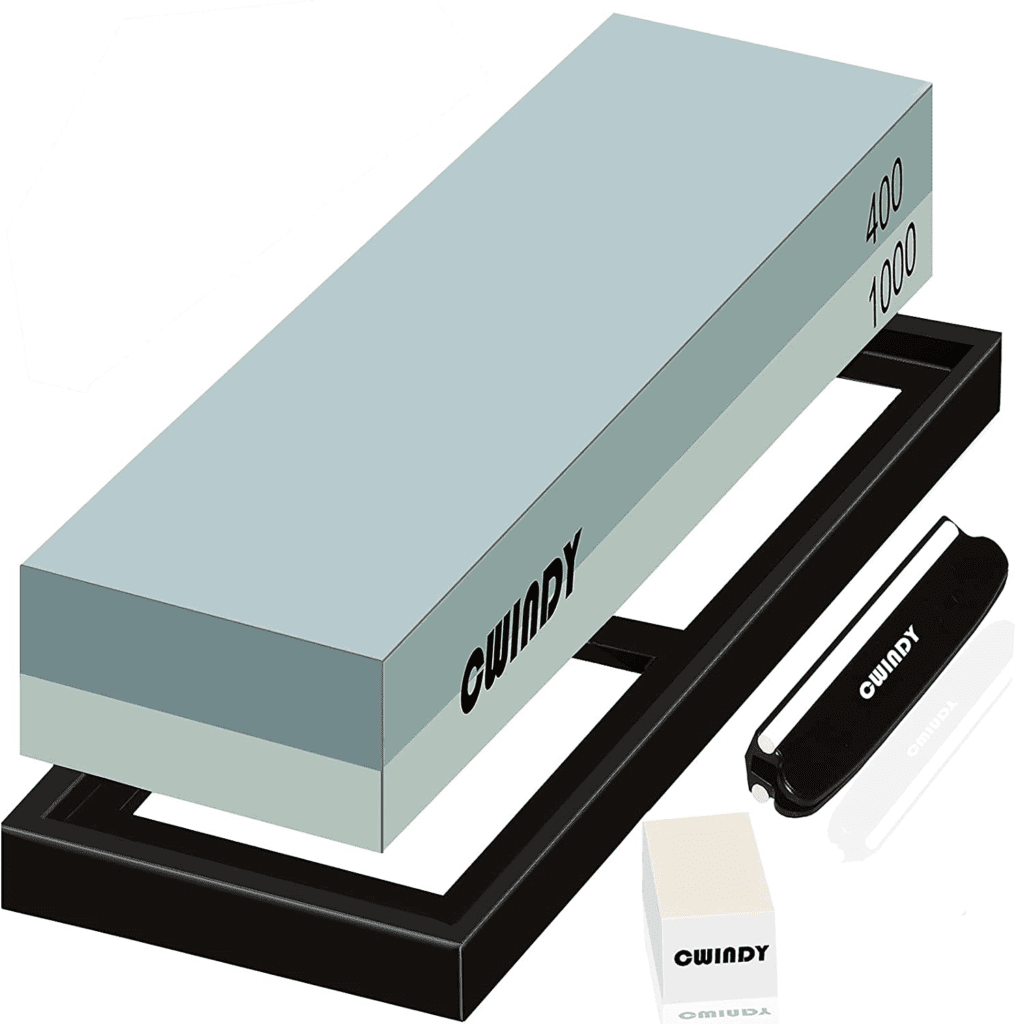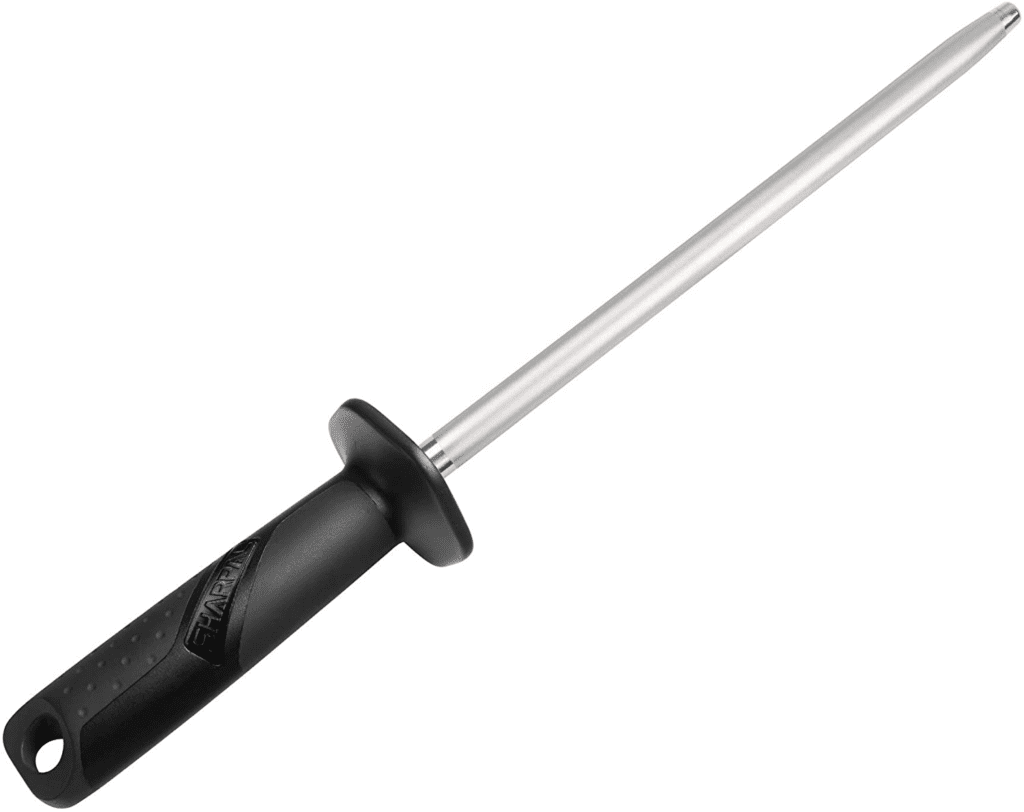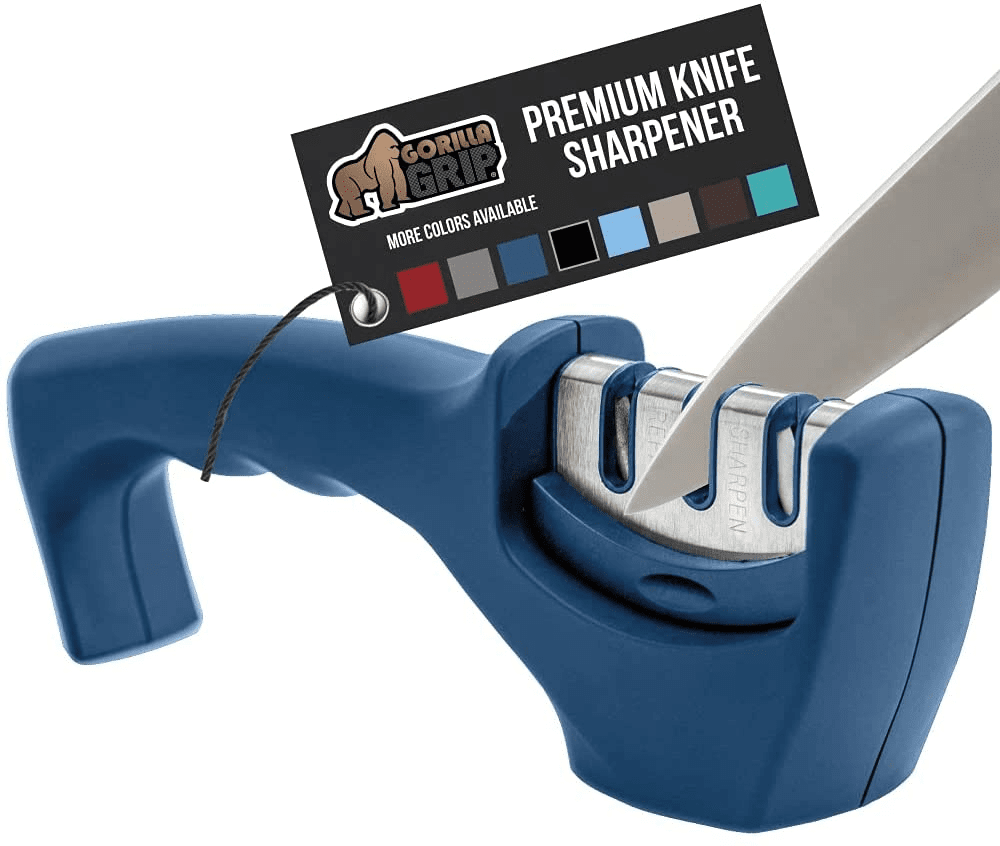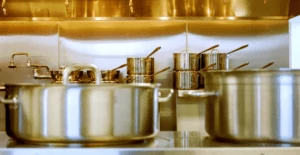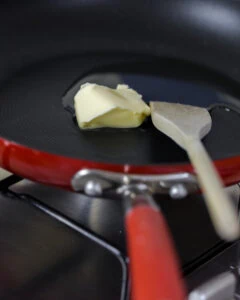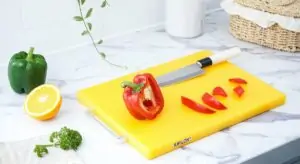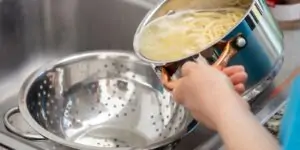A sharp fillet knife is a good fillet knife! These delicate tools are perfect for cutting fish because of their flexibility, and razor-sharp edge. If you’re a fish lover (cooking things like our amazing recipes for trout, tilapia, or cod) you probably have one of these in your kitchen.
To get the most out of your fish fillet knife, you’ll want to maintain its blade with regular sharpening. But how do you do it? You might assume you need a specific fillet knife sharpener, but there are all kinds of tools you can use! In this article here, we’ll break down the best ways to go about sharpening your fillet knife, as well as tips for maintaining its sharpness between uses.
Ways to Sharpen A Fillet Knife
You can sharpen a fillet knife using any conventional knife sharpening tools, such as sharpening rods, knife sharpeners, and sharpening stones. Here are our tips on how to use these tools:
1. Sharpening Stone
A sharpening stone is a worthwhile investment if you’re looking to keep your fillet knife blade sharp.
Step One: Place Stone
You’ll want to place your sharpening stone on a flat surface, like a table or cutting board. Wet the surface of the sharpening stone for best results.
Step Two: Drag Knife Edge Along the Stone
Next, you’ll want to position your knife blade on the stone’s surface, holding it at a 10° angle. Place a bit of pressure on the back of the knife, and drag it slowly across the surface of the stone.
Step Three: Repeat Process
Repeat the process for the other side of the knife edge, angling and dragging it across the stone. Repeat on each side several times, until the knife edge is sharp.
BUY HERE
2. Sharpening Rod
A sharpening rod is another useful tool for sharpening knives. This type of steel rod often comes with knife sets, meaning you may have one in your kitchen already.
Step One: Position Your Knife
Hold the sharpening rod in your left hand, and the fillet knife in your right. Place the knife edge on the sharpening rod, with the blade facing away from you
Step Two: Drag Along the Rod
With your filleting knife at a 10° angle, run it along the sharpening rod, dragging it away from yourself. The entire length of the knife blade should be drawn across the rod.
Step Three: Repeat Process
Repeat this process with the opposite side of the blade, until the fillet knife edge feels sharp.
BUY HERE
3. Knife Sharpener
Perhaps the easiest method on our list, a traditional knife sharpener (or even an electric knife sharpener) is a great way to maintain your fillet knife. In fact, many fillet knives you can purchase for outdoor adventures will come with a knife sharpener, to take on the road with you.
The best thing about a knife sharpener is it’s useful for any kind of kitchen knife! The process we outlined below should work for any regular or electric sharpener.
Step One: Secure Knife Sharpener
You’ll first want to secure your knife sharpener so it stays still during sharpening. Depending on the model you use, you may need to just place it on a flat surface like a table, or hold it down with your hand.
Step Two: Run Knife Through Sharpener Slot
Your knife sharpener should have a small slot where you can place your knife. Place your knife edge into the slot, and run the entire length of it through. Repeat this motion until the knife edge feels sharper.
BUY HERE
4. Coffee Cup
There are a multitude of household items you can use to keep a fillet knife a sharp knife if you don’t have access to any of the tools we’ve listed above. In fact, you can read our article here with a full list of unconventional knife sharpening methods for any dull knife you may have. Here, we’ll break down the most popular method: using a coffee cup.
Step One: Secure Coffee Cup
First, you’ll want to find a ceramic coffee cup with a flat base. Place the cup on the table so the base is face up. Make sure it is secure from sliding by placing the mug on top of a rag, rubber mat, or cutting board.
Step Two: Run Blade Along the Base
Next, holding your knife at a 10° angle, you’ll want to run the entire length of the blade across the bottom of your coffee cup.
Step Three: Repeat Process
Repeat this process with the opposite side of the blade, running it at an angle along the base of your coffee cup. Repeat until your knife edge feels nice and sharp.
BUY HERE
Tips for Keeping Your Fillet Knife Sharp
With the methods we listed above, you’ll be able to get your fillet knife nice and sharp! If you want to spend less time sharpening, though, we have a few best practices you should keep in mind. By doing the following, you’ll be able to maintain a sharp blade for even longer:
Don’t Wash in the Dishwasher
This may seem obvious, but a great tip is to avoid washing knives in the dishwasher. It’s especially bad for fillet knives with wooden handles, as they can become cracked and warped in hot water. However, the conditions in there can also damage the blade and make it blunt! The dishwasher can send your knife banging around against other items in the machine, damaging the blade.
Handle With Care
Be very careful with how you handle your knives to keep a sharp edge. Avoid dropping your knives into the sink, as it can cause a blunt knife edge. You should also consider using only plastic or wood cutting boards, as they won’t dull your knife blade as quickly as metals, glass, or marble.
Another great handling tip is making sure to only use the knife as intended. Don’t attempt to use your fillet knife to open cans, or as a makeshift screwdriver. It will definitely damage your knife edge.
Store Safely
You may be tempted to throw your knife in the drawer, but this is not safe for you or your knife! If your fillet knife came with a protective case, keep it on your knife to protect the blade. Consider getting a magnetic strip or knife block for knife storage at home. This will protect your knife edges from bumping around in the drawer. It will also protect your fingers if you have to dig in the drawer for other tools.

